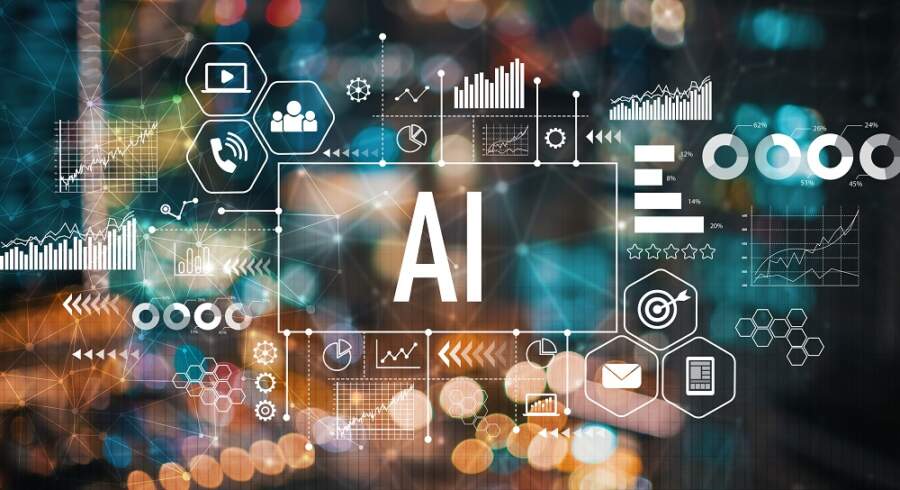
Adam Young, Sales Engineering Director, EMEA, LogicMonitor
Covid-19 is frequently referred to as one of the greatest drivers of change in the tech industry over the past decade. Across many critical industries, technology development was accelerated in order to keep operations running and adapt to a new landscape. However, even prior to this period, rapid development and adoption of new technologies was taking place across a huge variety of sectors to keep up with demand.
Nowadays, every organisation is a digital organisation. Therefore, ensuring IT systems can deliver the resiliency and continuity required for today’s digital landscape is critical. As a result, the C-Suite is increasingly adopting a strategic focus on IT readiness, recognising the pressing need for organisations to be better equipped to address today’s challenges. Preparedness, or IT readiness, means the ability to have a comprehensive understanding of the digital landscape, continue operations despite disruptions and deliver consistent innovation to further business goals.
As a by-product, IT teams have been under increased pressure to work faster and deliver better results – at a lower cost. One of the main roadblocks IT professionals face is the prevalence of legacy tools and systems that are sadly no longer fit for purpose. The key issue with legacy systems is that despite employing outdated technologies, they remain critical to the day-to-day operations of many organisations. As a result, legacy systems are actually a source of great contention for those in the tech industry. After all, the term legacy isn’t interchangeable with obsolete.
Covid-19 was certainly a catalyst for change and impacted IT teams in more ways than one. The prevalence of hybrid working, which has been great news for most of the workforce – in light of the extra flexibility and work-life balance it provides – unfortunately, has left organisations facing a whole host of fresh technological challenges. The rise in hybrid workers has laid bare many organisations’ ecosystems – and subsequently, their weaknesses – throwing what was previously a delicate balance into disarray. With every new challenge IT teams face, comes a new tool or solution. This further muddies the waters of the tech stack and creates an increasingly complex IT environment – making it increasingly difficult to manage.
Organisations will only succeed here if they are able to find a way to better manage these systems. As such, senior IT professionals must lead the charge in pivoting to an AIOps approach. The ability to access and utilise the tools needed for machine learning (ML) and AI, is key to survival in 2023. Gartner has confirmed this in its prediction that the percentage of large enterprises using AIOps and digital experience monitoring tools to monitor applications and infrastructure will rise from 5% in 2018 to 30% in 2023. The research house is also expecting the usage of AIOps to grow upwards of 15% between 2020 and 2025.
What Role Does AIOps Play?
AIOps (or artificial intelligence (AI) for IT operations) platforms, apply ML and data science to help solve IT operations problems and increase proficiency. AIOps combines big data and ML functionality to enhance all primary IT operations, including identifying, troubleshooting, and resolving availability and performance issues. While AIOps offers a wide array of central functions, the biggest advantage is arguably its performance monitoring capabilities. In today’s complex hybrid infrastructures, visibility alone is not enough.
Traditional manual methods of sorting through data are not scalable or viable in the event of an outage. IT teams need an intelligent monitoring platform to identify issues faster, especially given today’s increasingly complex environments. Implementing an AIOps platform enables organisations to gain a holistic view of all of their systems – however complex. Gaining end-to-end visibility across their networks, applications, business systems and infrastructure, IT teams are able to transition from a reactive to a proactive posture, pre-empting issues before they occur.
Where to Start: Tips for Launching a Successful AIOps Initiative
When it comes to implementing AIOps initiatives, unfortunately, there are no quick fixes. Adopting the practices should form part of a wider journey and organisations need to consider it a long-term investment. It’s also essential to understand where you are in your AIOps maturity journey. You may want to launch an AI initiative right away, but you need to understand that you may not get the full power of AI until you have the right maturity. There are four maturity levels to look for when starting an AIOps initiative. These levels are important for helping organisations to stay on track with their journey, but also to ensure that their goals are in line with what’s reasonable for each stage:
- Descriptive Analytics – reactive capability, detailing what has happened through dashboards and reports
- Predictive Analytics – provides the ability to predict what might happen based on the historical patterns that were detected in the descriptive analytics
- Prescriptive Analytics – onceyou know what might happen, this level questions whether you have the right prescriptions to automate the remedy Autonomic or a Self-Healing System – at this level, more than 50% of your business processes will be automated and your employees will save significant amounts of time
In 2022, data is an organisation’s most valuable commodity. However, without the means to protect, manage and utilise it, it’s ultimately useless. Businesses are facing more threats than they’ve ever had to contend with, and as a result, they must ensure they have a clear picture of what’s coming down the line. In the long run, employing this technology will allow IT teams to switch from a reactive to a proactive approach, helping to secure the future of the organisation as a whole.


